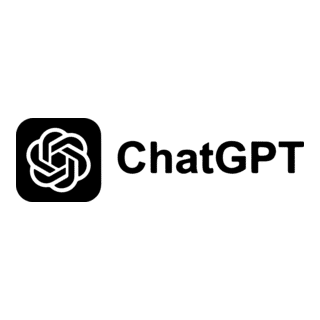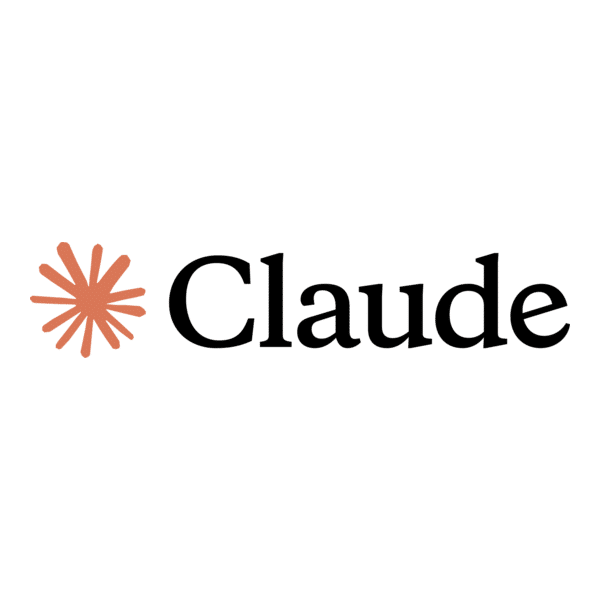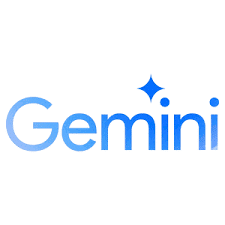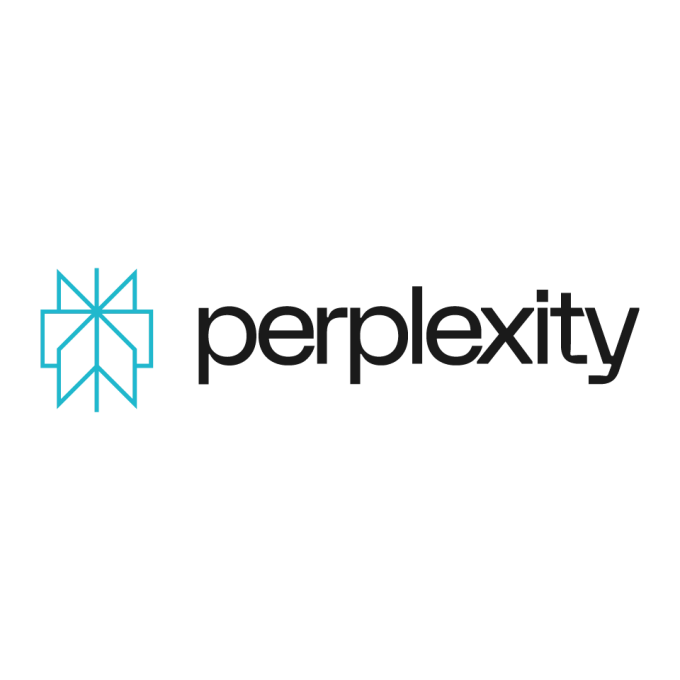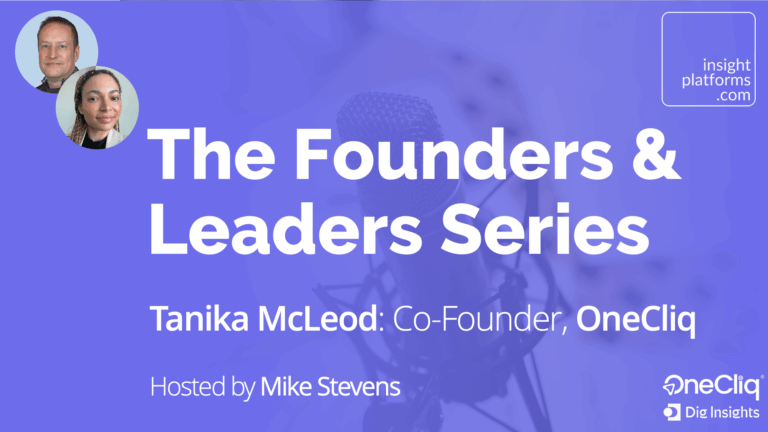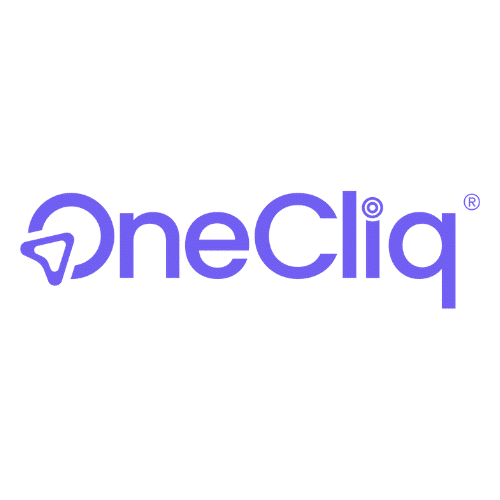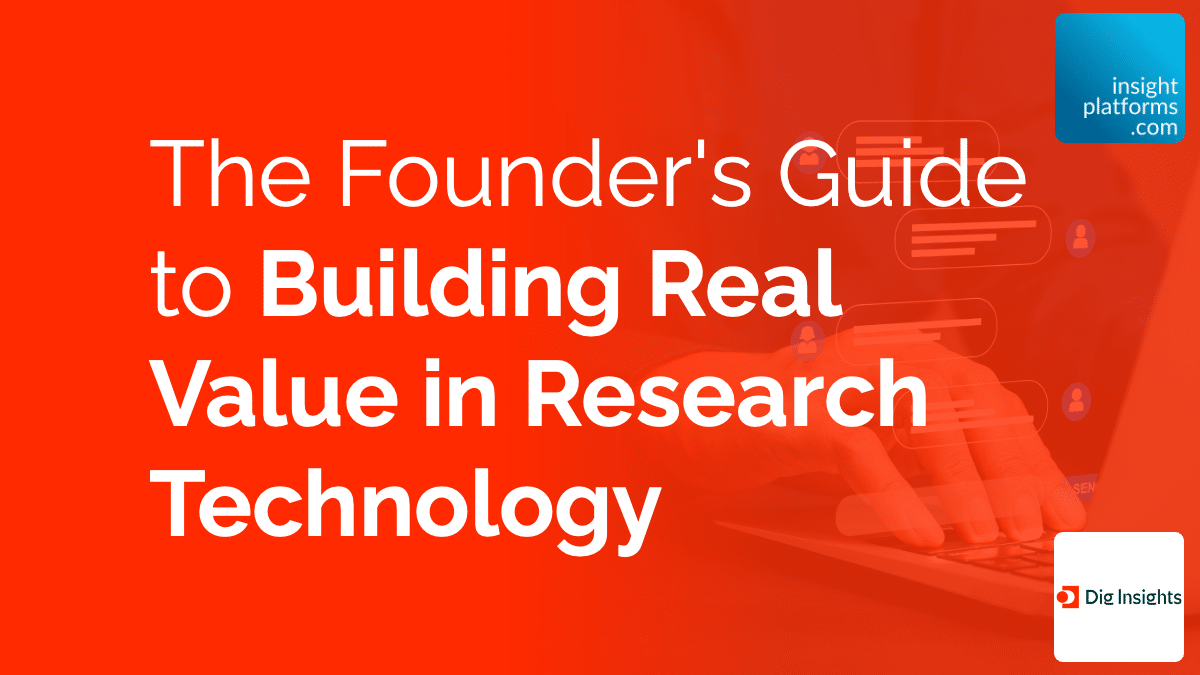
The Founder’s Guide to Building Real Value in Research Technology
By Dig Insights
- article
- AI
- Artificial Intelligence
- Social Media Listening/Intelligence
- Online Qualitative
- Qualitative Research
Your most important job as a founder is to build a product people want. That applies to tech, services, products, and other types of offerings. You need to offer something that people genuinely want and that gives real value.
Sounds simple, right? But real value can sometimes be a bit of a challenge to identify. What does it really mean? After years of building startups with my brother Nathan – including many pivots before we found our way to OneCliq – I’ve learned what it actually feels like to find and build real value. And the difference is clear when you see it.
Let me share what I’ve learned about this journey, including some painful mistakes that taught me the most important lessons.
This article covers part of the The Founders & Leaders Series podcast episode 3. Listen to the full episode here:
Episode 3: Tanika McLeod, Co-Founder, OneCliq (Dig Insights)
The Difference Real Value Makes
It’s murky when you’re not quite there, but for us, when we started showing people what we had built – and I mean we really had only built this just over a year ago for the first time – people were losing their minds.
That was when we realised we had built something really interesting. The difference between that reaction and polite interest or lukewarm feedback is night and day. When you see genuine excitement, when people immediately understand the value and start asking how they can get access – that’s when you know you’re onto something.
But getting to that point? That’s where most of the learning happens.
The Most Painful Mistake
I could share tons of mistakes, but I think the most painful misstep we ever took was in our very early days, when we didn’t really know how to speak to our customers properly to learn about them.
What I’m talking about is customer discovery. Learning about their habits, their workflows, their challenges in that workflow. What are the goals they’re trying to accomplish and the barriers that prevent them from accomplishing said goals? How much time do they spend on different tasks? What is their life like without your solution today? Understanding all of these details – what do they believe, what are their personality characteristics, where do they go to find new tools, what tools are they using… – all of these questions are important for you to understand their current worldview.
You need to understand their worldview so that you can design something that aligns with it.
The Wrong Way to Do Customer Discovery
Initially, we had built a product that didn’t quite address the most urgent needs of our customers.
We would ask for validation. “What do you think about this? Do you like this?”. And people would say yes. Sometimes they will even lie to you without knowing that they’re lying to you, or just because they don’t want to hurt your feelings. Those are the wrong kinds of questions to ask.
The result? We built a product we couldn’t sell, ran out of funds, had to have a really tough conversation with our team, and had to start from scratch in a totally new direction.
The Right Way to Learn from Customers
The key is understanding that you’re not asking people to validate your idea. You’re trying to understand their world so deeply that you can build something that fits naturally into it.
Instead of asking “Do you like this feature?”, ask “Walk me through how you handle this situation today”. Instead of “Would you pay for this?”, ask “How much time does this problem cost you each week?”. Instead of asking for opinions about your solution, ask about their current reality.
When we finally started showing people what we had built with OneCliq, we had spent months understanding the qualitative research workflow. I had been doing that work for seven years, so I understood the pain points intimately. We knew that thematically coding unstructured text, aggregating those codes, clustering them, and interpreting them into rich stories was time-consuming, mundane, and repetitive work that researchers had to do but didn’t enjoy.
We built a system that automated exactly that workflow, and when researchers saw it working on their actual problems, that’s when we got those genuine reactions.
The Learning Cycle
As a founder, when you’re starting a company, especially in tech and especially with a generative product, this is an area that you’re discovering as you go. There’s no template that you can follow. Building generative products is very different from building regular software.
Part of the job is making mistakes. You have to take missteps in order to find the right path. It’s like running through a maze that has no light, and your job is to get through it as fast as you can. Initially, you’re running at top speed until you smash into a wall, and then you pick yourself up and run again in a different direction, only to smash into another wall. And the cycle repeats.
What I’m describing here is a learning cycle. You have to take missteps, learn, adapt your behaviour, and then execute again until you take another misstep. The fear of a misstep is worse than a misstep itself. You just need to commit to a decision. Don’t get held up on the idea or fear of failure.
The Team that Stays
That painful moment when we ran out of funds also produced something incredible. Our team stayed on. They were committed to the vision we had at that time, which was extremely early – we’re talking about GPT-3, which was like the most basic model I’ve ever interacted with.
Our team decided to stick around in that really dark moment when there was really no hope for us. We built a new product, our first generative product, in six weeks. We ended up going to market, made some money, discovered it wasn’t the right fit for a number of reasons, and then we continued to pivot, learn and adapt our behaviour.
Those deep bonds on our team continue to this day. That team is now at Dig Insights with us.
Be Bold Right Now
My biggest piece of advice for anyone starting a research technology company today: be really bold right now. Don’t be afraid of missteps – they’re totally normal and part of the journey. This is an extraordinary moment in history – there are numerous tools that make it easier for us today to build extraordinary value and applications. You can truly transform your life through tech today, which is what we did.
Try to build your biggest vision while being hyper-fixated on value for the people that you want to serve. Ensure they’re informed about how you build and deliver it. And remember, you’ll know real value when you find it. It’s the difference between polite interest and genuine excitement. It’s the difference between people saying “that’s nice” and people asking “how can I get this today?”.
This article covers part of the The Founders & Leaders Series podcast episode 3. Listen to the full episode here:

